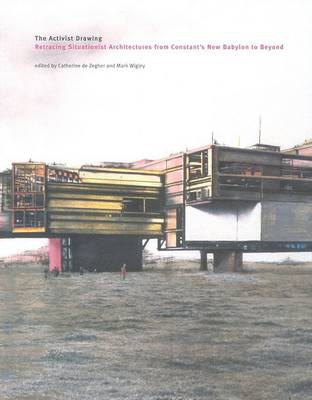Dutch artist Constant Nieuwenhuys (b. 1920) developed his visionary architectural project New Babylon between 1956 and 1974. Emerging out of the remarkable activist group the Situationist International, the project was concerned with issues of "unitary urbanism" and the future of art in a technocratic society. It has had a major impact on subsequent generations of artists, architects, and urbanists. Exploring the intersection of drawing, utopianism, and activism in a multimedia era, this volume not only traces this historical moment but reveals surprisingly contemporary issues about the relationship between a fully automated environment and human creativity. Several decades before the current debate about architecture in the supposedly placeless electronic age, Constant conceived an urban and architectural model that literally envisaged the World Wide Web. The inhabitants of his New Babylon drift through huge labyrinthine interiors, perpetually reconstructing every aspect of the environment according to their latest desires. Walls, floors, lighting, sound, color, texture, and smell keep changing.
This network of vast "sectors" can be seen as a physical embodiment of the Internet, where people configure their individual Web sites and wander from site to site without limits. With its parallels to our virtual world, New Babylon seems as radical today as when it was created. This collection of essays explore the relevance of Constant's utopian work to that of his peers in the Situationist International and experimental architectural movements of the 1960s, as well as later generations of architects and artists. They use Constant's revolutionary project as a springboard to reconsider the role of drawing in an electronic age.
- ISBN10 026204191X
- ISBN13 9780262041911
- Publish Date 16 April 2001
- Publish Status Out of Print
- Out of Print 17 September 2009
- Publish Country US
- Publisher MIT Press Ltd
- Imprint MIT Press
- Format Hardcover
- Pages 152
- Language English
